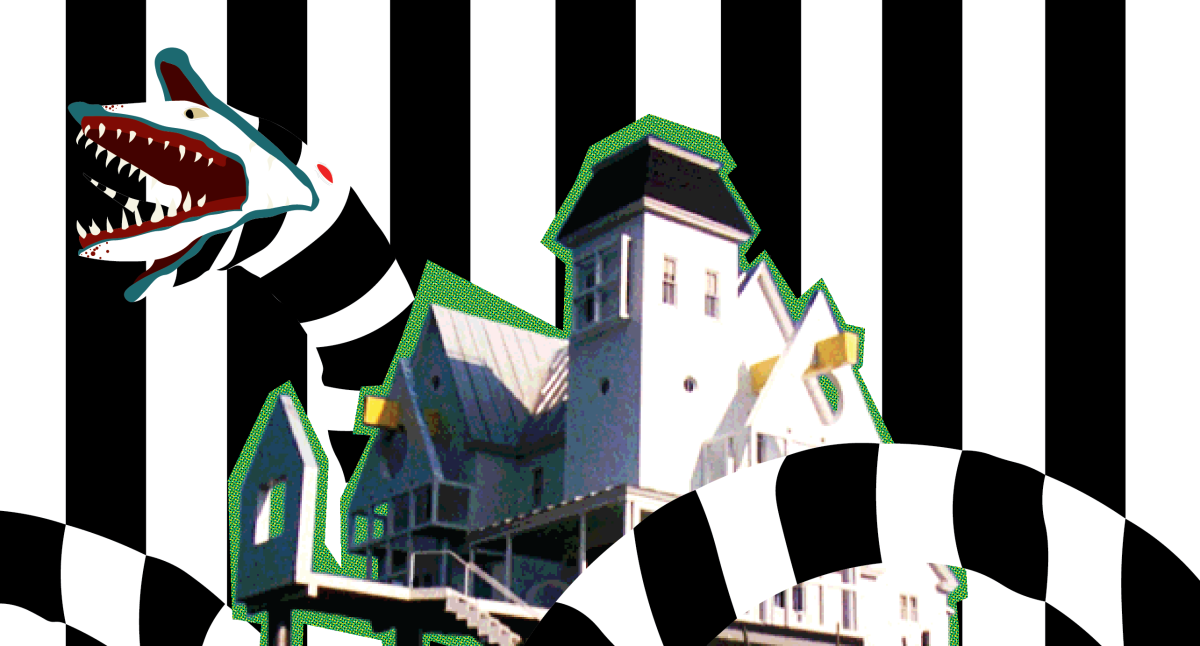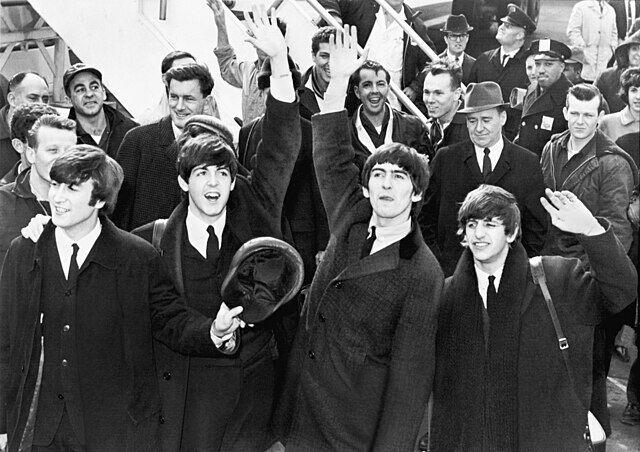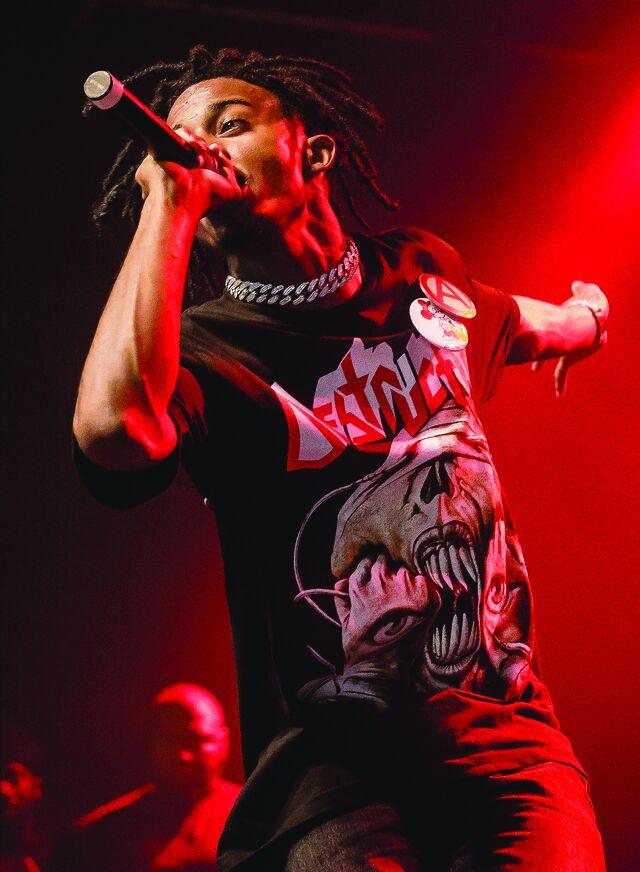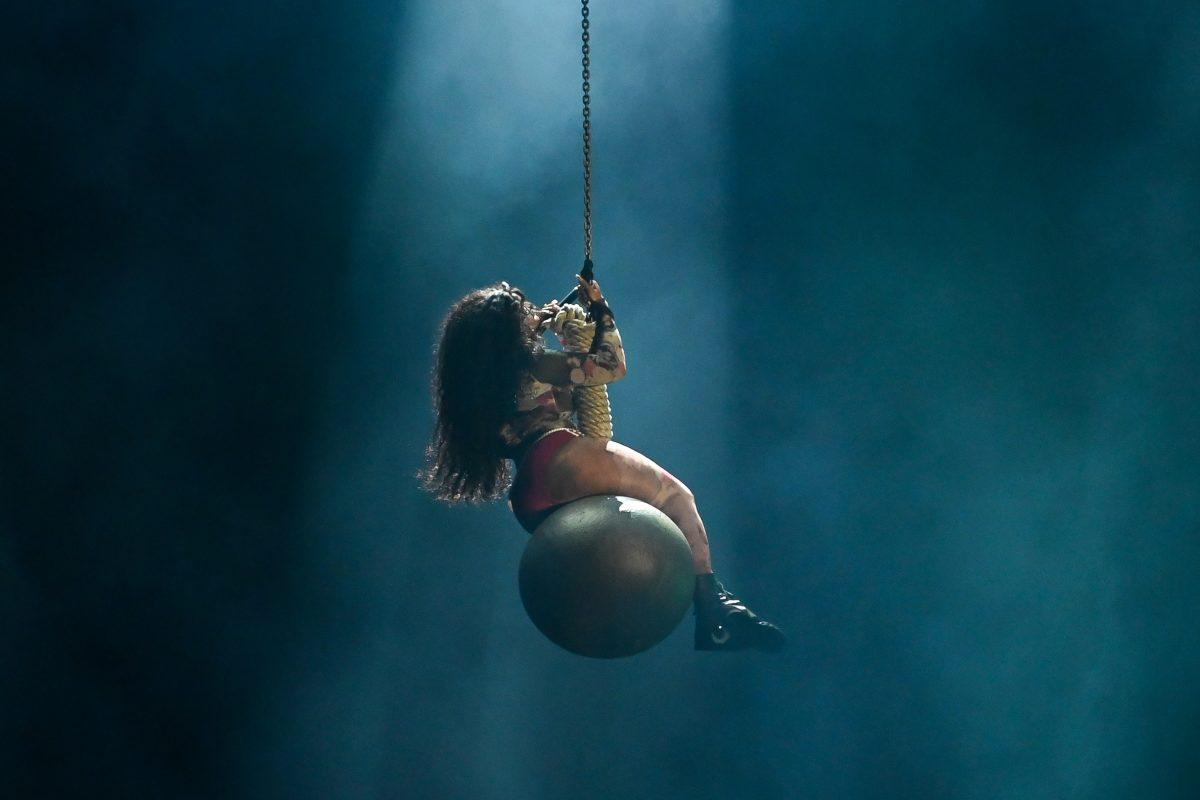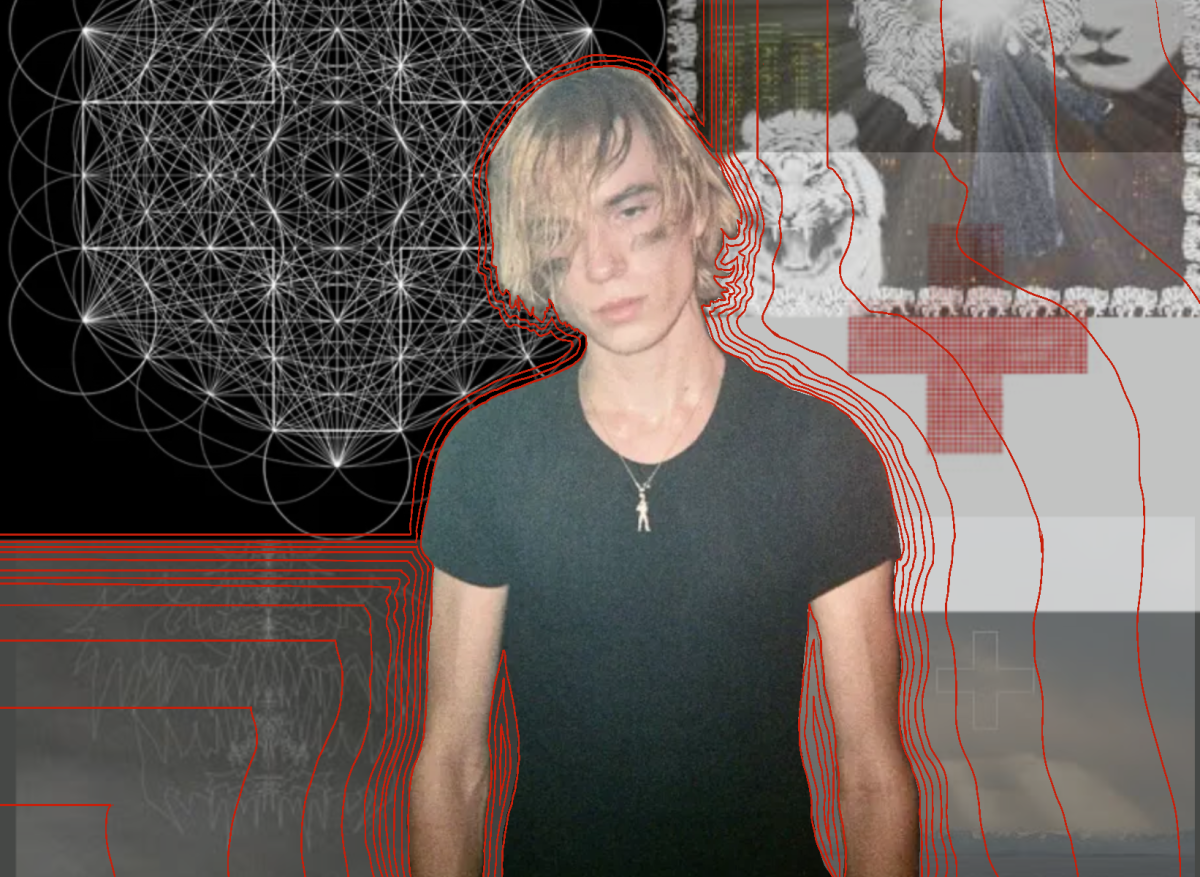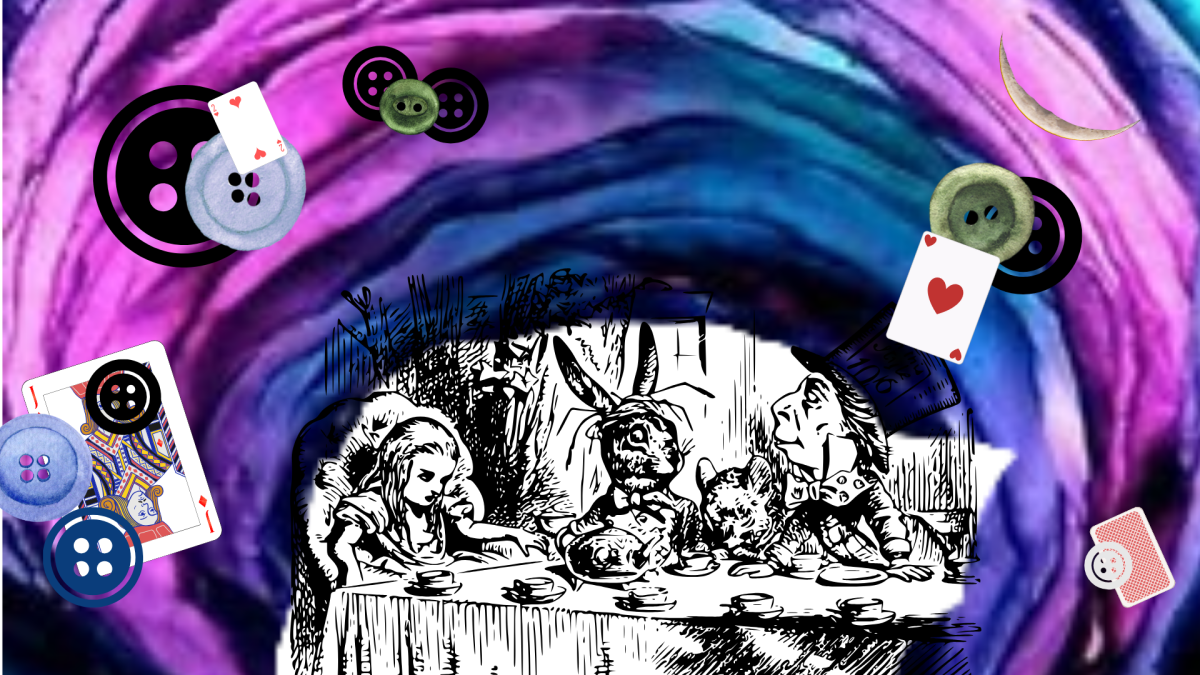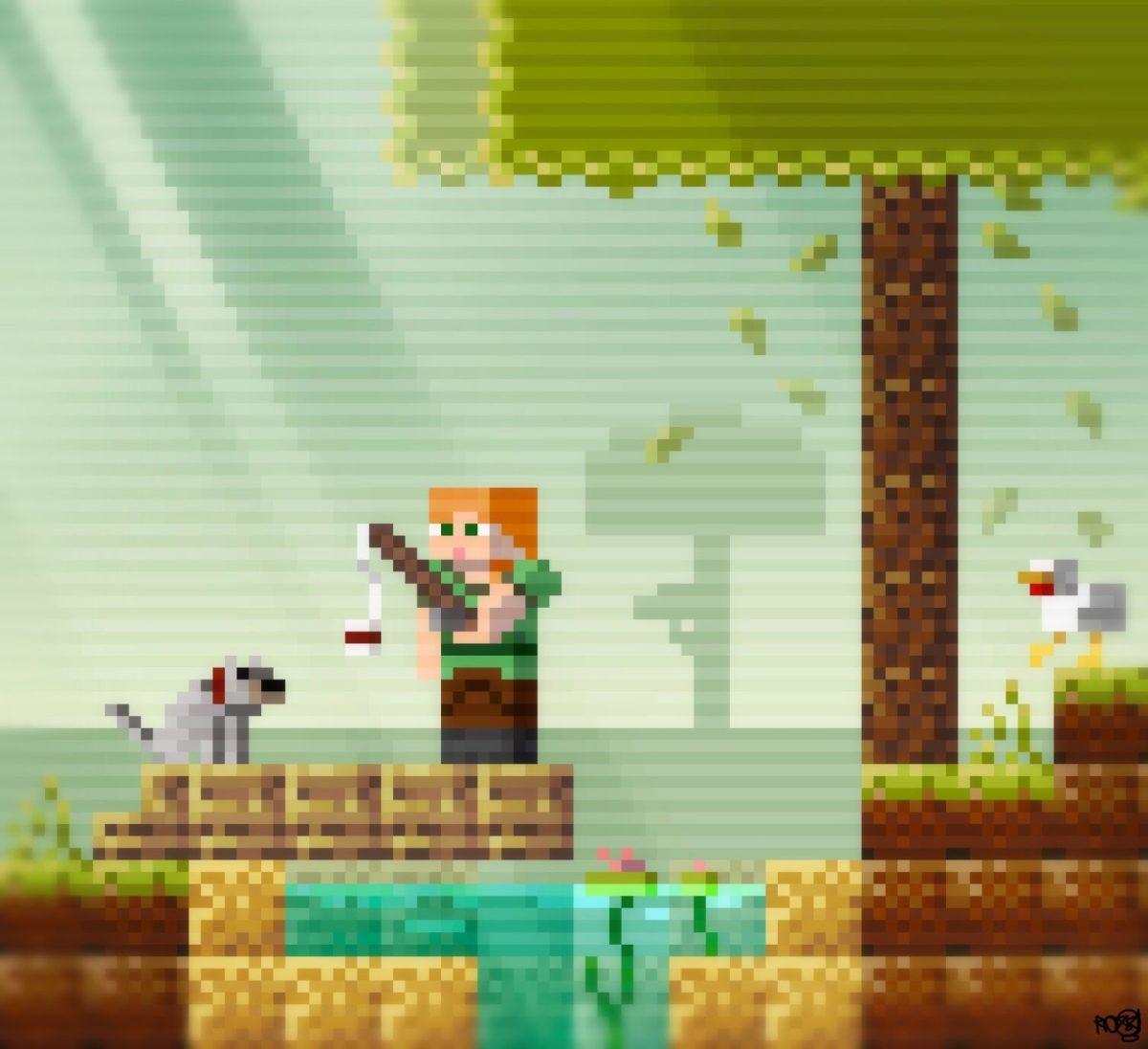As spooky season creeps near, the film industry has jump started the season with the new Beetlejuice Beetlejuice movie, a sequel to the 1988 original.
Jenna Ortega broke her streak of being out of the spotlight with an astounding performance as Astrid, the daughter of Lydia Deetz, replayed by Winona Ryder. The two characters are not on speaking terms at the movie’s beginning, but a tragic death in their family starts a story that develops toward the two rebuilding their relationship.
Beetlejuice Beetlejuice wields more complex family relations and uses a strategic two-plot move that climaxes as they collide at the end. Astrid suffered through her parents’ split and took it hard with little support and explanation from her mother. Her father, who Astrid loves dearly, dedicated himself to his values and traveled in hopes of helping the environment recover, but one of his expeditions renders him dead, adding to the solemn emotions swimming in the family.
Ortega’s character followed her father’s path and promoted change in her school for awareness of environmental issues. She was a major figure in the environmental club and hung fliers stating, “Wake up, we’re toast” on top of a burning earth. This was a finespun inclusion of raising awareness and an artful play on the producers’ part.
The production took quite a liking to music, and not just the “Banana Boat (Day-O)” song. While possessing people is still a favorite pastime of Beetlejuice, he has expanded his musical horizons to Donna Summer’s “MacArthur Park.” When he’s not singing or using people as puppets to sing for him, he spouts comedic line after comedic line.
That’s not the only place music has become more involved in this film. The writers added a clever reference to the American musical variety show “Soul Train” through the “soul train” in the movie that takes ghosts to the great beyond. Songs akin to soul music are playing during these scenes and dancers accompany them, in attire befitting the peak of the genre: ‘70s clothes.
Staying true to the original movie and one of the director’s signatures, the film smoothly ties in Tim Burton’s claymation sandworm and multiple instances of stop-motion works. Burton made sure the audience remembered this film’s foundation. The haunted house is the same, the red bridge, the attic and the model of the town all remain the same and are referenced heavily throughout.
Taking advantage of the improved technology nowadays, some aspects have been upgraded. While the undead waiting room holds the same dim and unnerving vibe, the design is much more detailed and decorated. The directors utilized flickering lights, multi-colored light bulbs and subtle but extravagant colors. The dead residents of the waiting room maintain the same style of design from the first film, but the audience gets a laugh from seeing new and sometimes outrageous ways that people have died.
Not to mention, the viewers get a closer insight into the personality of Bob, the character with a tiny head and bulging eyes from the first film seen in the undead waiting room. As his screen time increased, the audience saw characteristics through his expressive grunts — the only way he speaks since his mouth is sewed shut. He is sure to be a fan favorite.
The timing of the movie, however, seems slightly off at first, and the beginning was difficult to invest in. Some of the newly introduced plot lines were cut off rather abruptly and others were left unattended. The ending was also a bit rushed, but that almost felt intentional and a reflection of the fast-paced ‘80s film.
Although the original ghosts, the Maitlands, do not appear in the film, the new characters introduced do not disappoint. Delores, Beetlejuice’s ex-wife, is revived and gives him a good scare — with love, of course. Jeremy, a boy Astrid meets and befriends, brings unexpected secrets that add layers to the story. Both characters’ design and backstory give this sequel film a flavor of its own.
Willem Dafoe is also introduced, playing the role of a dead actor who gets hired as a cop in the undead realm. He relives his past acting career by rehearsing lines in the mirror and having his secretary bring him a cup of coffee, only to crush it in a moment of dramatic flair. Dafoe performs remarkably well. R.I.P. Green Goblin, you would’ve loved Beetlejuice.
Dafoe’s character introduced a deeper look at the hierarchy and inner workings of the afterlife that’s lacking in the first film.
While the living are handling their issues, the dead deal with their own. Delores hunts down Beetlejuice who is still trying to figure out how he will marry Lydia and live amongst the living permanently. Michael Keaton nails his role once again, keeping the freaky side of Beetlejuice without the creepy bits of the uncensored ‘80s. His screen time is more plentiful in the second film, yet not overused. With such a bold and silly character, it’s easy for him to become annoying, but the producers perfected how much the audience saw of the madman demon.
Either way, the entire team in this movie did not leave the cake out in the rain and created a wonderful sequel with excellent casting, creative visuals and just enough horror to keep the audience wondering.
Overall, Beetlejuice Beetlejuice encompasses the same feeling the first movie does and the viewers leave feeling a long-awaited way: amused and slightly unsettled.


